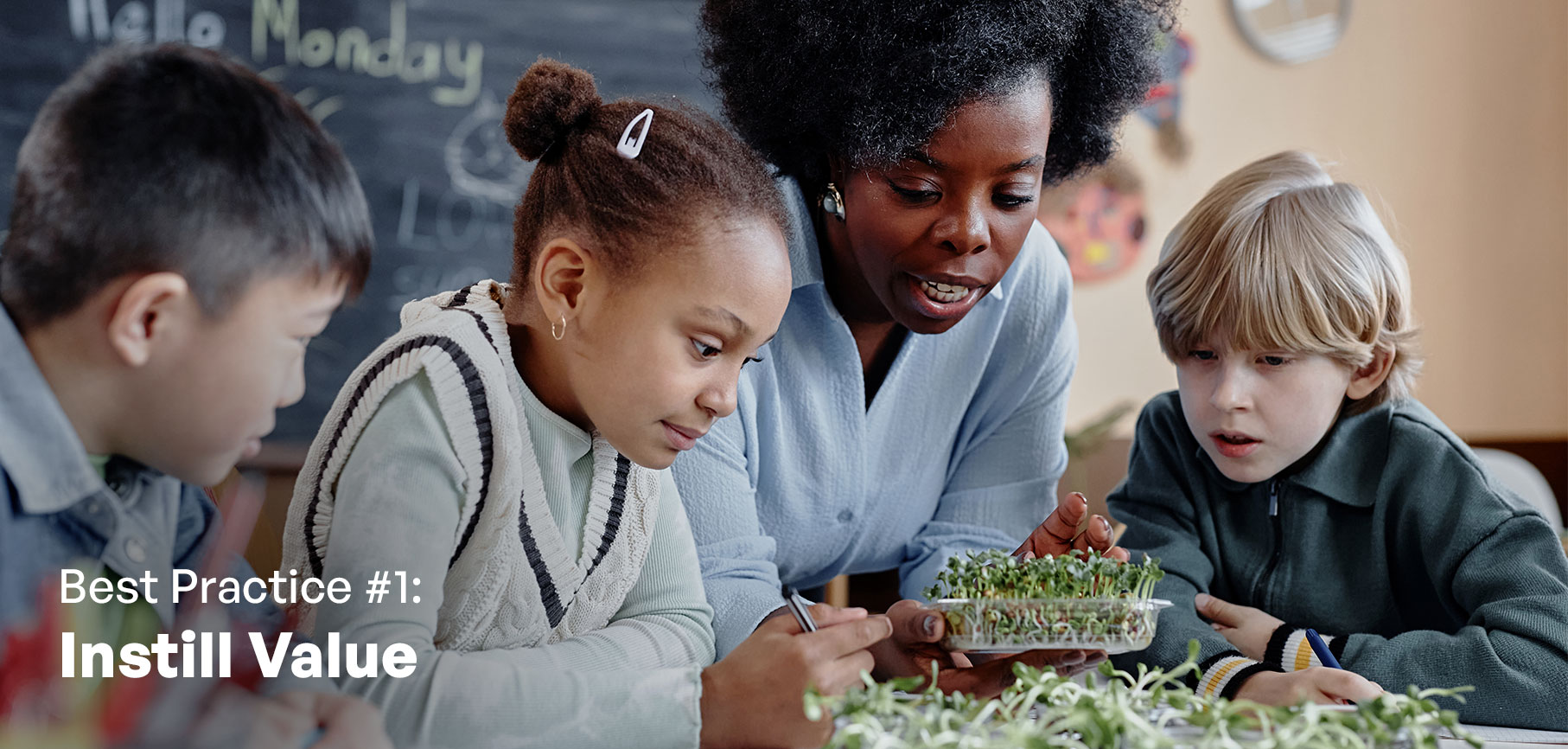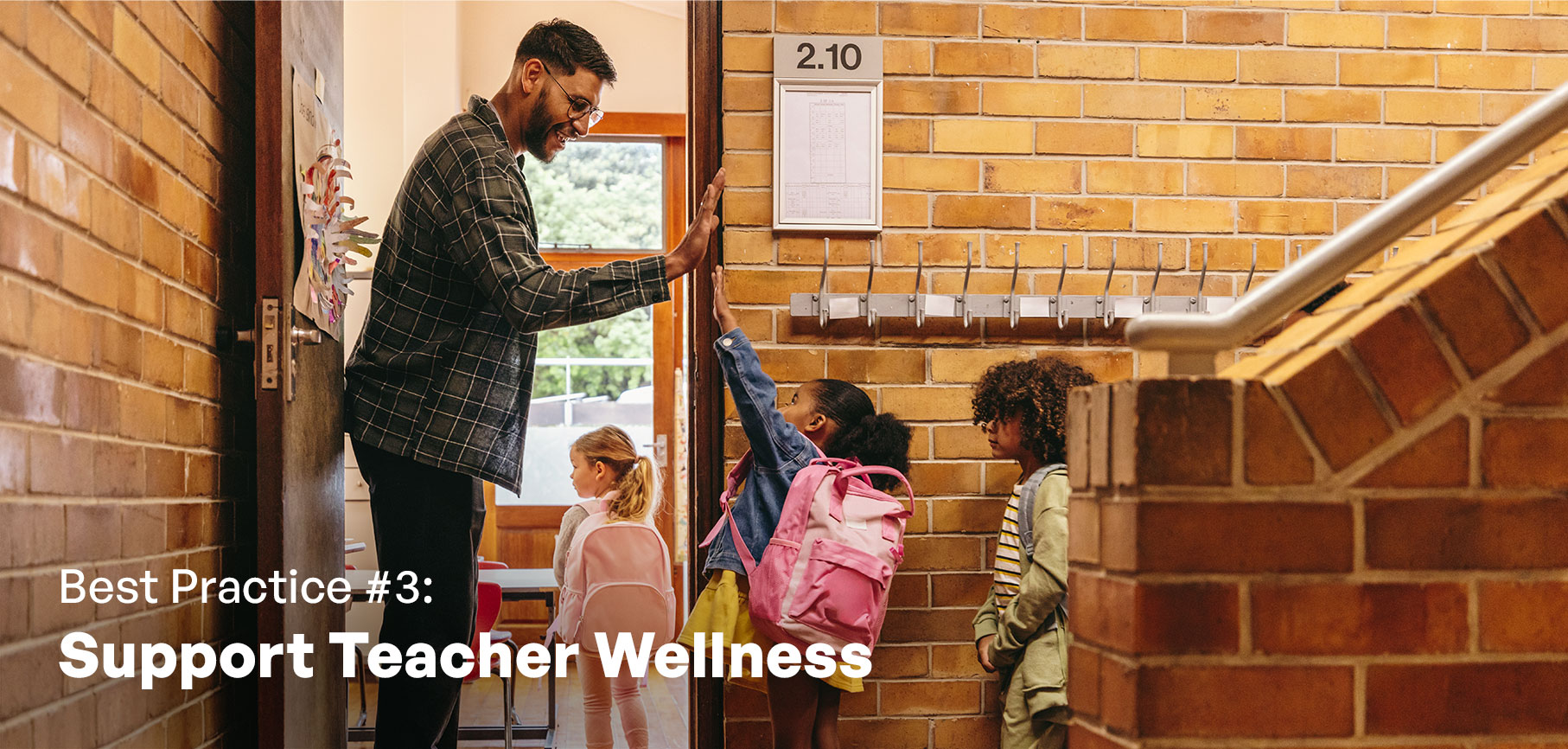
Resource Guide
The Charter School Teacher Retention Guide: by Dr. Charlotte Pullins
Insights from from Dr. Charlotte Pullins on building lasting relationships with your teachers, leading to a flourishing school culture, higher job satisfaction, and better outcomes for the kids you serve.
Download Full Guide for FreeExpert Insights
Teachers are leaving the profession in great numbers. The implications of this shift are alarming: teachers are the heartbeat of nourishing learning environments and have the most significant and direct impact on students.
This guide will cover best practices from Dr. Charlotte Pullins, who researches teacher turnover and is the co-founder of a non-profit organization that helps educate underserved children. She is also the founder and lead consultant of ELC Training and Consulting LLC and a certified DEI specialist. Read on for her insightful tips on building lasting relationships with your teachers, which will lead to a flourishing school culture, higher job satisfaction, and better outcomes for the kids you serve.

Best Practice #1: Instill Value
Teachers need to feel valued in their roles. Feeling valued stems from belonging, support, recognition, and appreciation. Connect your newest teachers with veteran teachers and plan activities that encourage bonding among your team of educators—teacher lunches, pancakes with the principal, and staff game days. Also, find ways to recognize your teachers meaningfully. Knowing what they do matters can make all the difference.

Best Practice #2: Promote Growth and Leadership Opportunities
Develop or create ways for teachers to grow their skills and ways to be promoted to other school positions. A lack of visible and reachable opportunities can discourage teachers from seeking more professional growth, and leading to their seeking a job elsewhere.

Best Practice #3: Support Teacher Wellness
You want your school to be where teachers feel trusted, safe, respected, seen, and encouraged—all of which contribute to belonging. Focusing on social and emotional well-being as a core value for your school leads to a school culture that is safe mentally and physically. Even small things like more prep time, extra sick days, and more time off can create more work-life balance at your school. You’ll want to prioritize your teachers’ mental health by allowing mental breaks and mental health days and, if possible, free counseling.

Success Story
See Success StoriesSTARS Charter School
STARS partnered for money to run their school. They were able to embark upon building projects with minimal disruptions to their thriving programs. With the new, improved space, STARS has been able to dramatically increase enrollment.
View Case Study
Need money to run your school?
Get Started- Talk to a real person
- Get qualified in minutes
- Fund your school